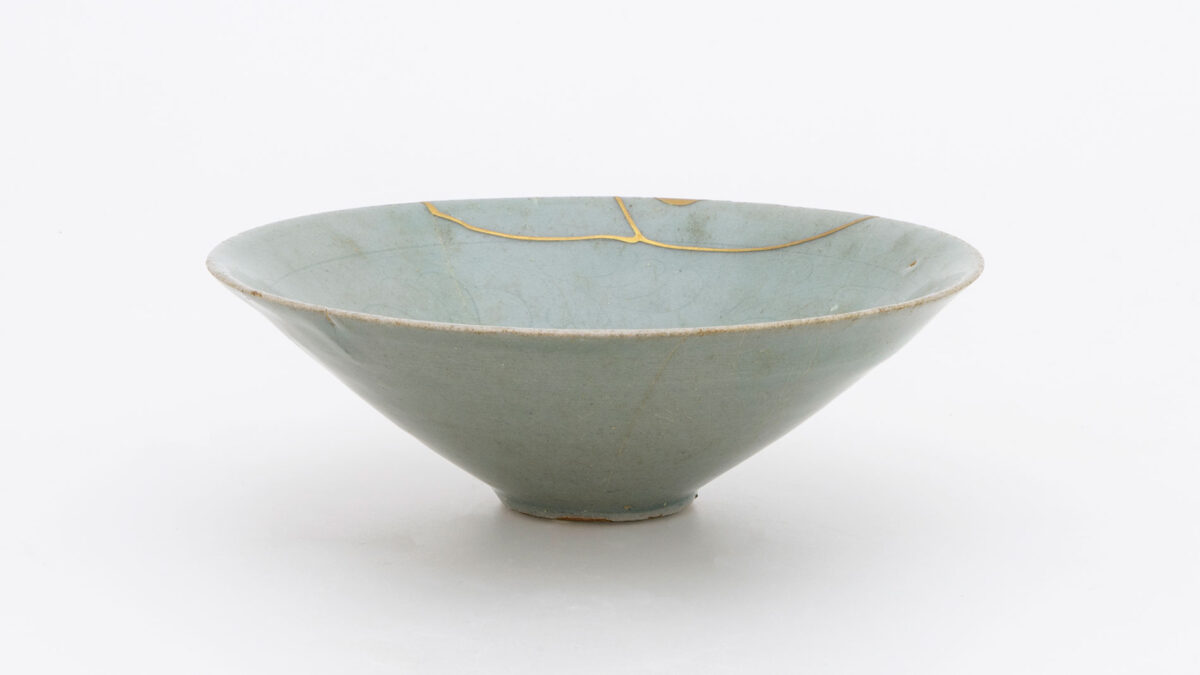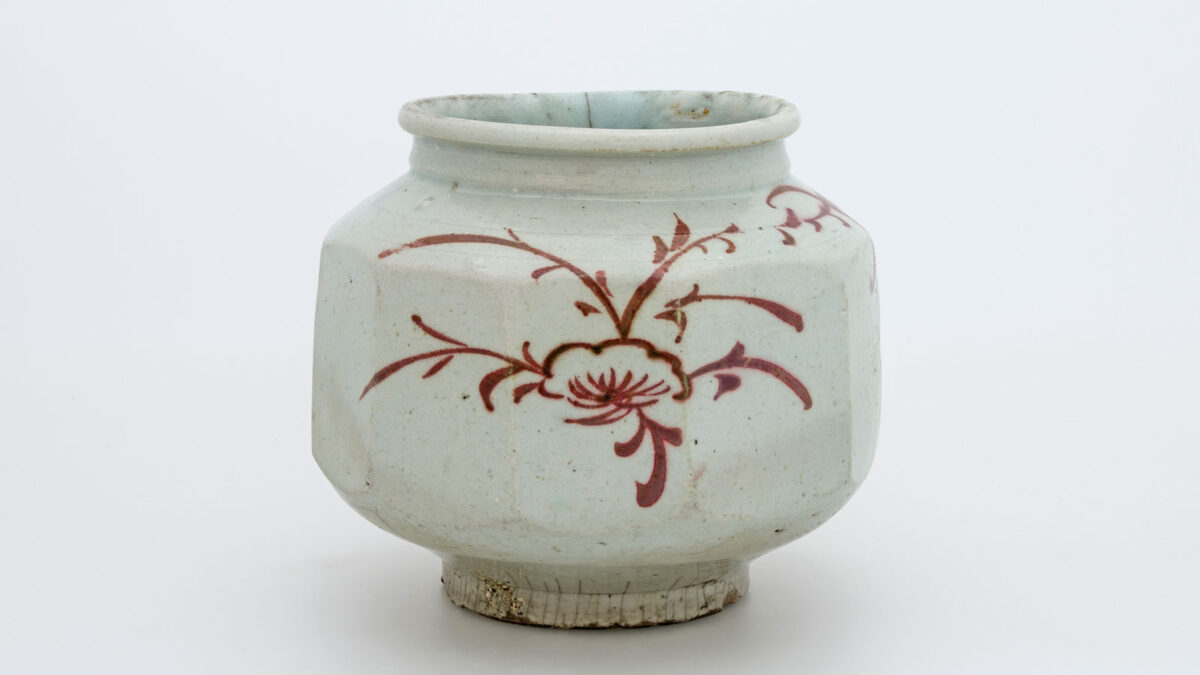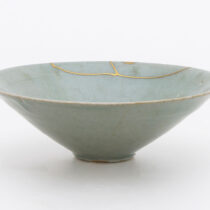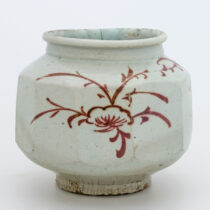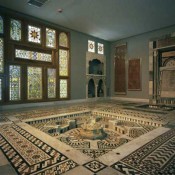The Benaki Museum Korean art collection includes just eleven ceramics made between the 11th and 18th centuries. Decoding their motifs allows us to approach some of the beliefs and preoccupations of Koreans; gazing at their forms discloses the particular aesthetic of their artists; and studying their manufacture familiarises us with the unique techniques developed by their craftspeople. A video of living potters recreating ancient techniques is accompanied by contemporary examples loaned by the Embassy of the Republic of Korea.
The exhibition presents for the first time in thirty years the eleven Benaki Museum ceramics, donated in 1936 by George Eumorfopoulos. This Greek-origin British businessman was one of the seminal Asian art collectors of his time and is better known for donating to the Benaki Museum part of his Chinese art collection, which was showcased in the ‘Ceramics from China’ exhibition in 2016. The current exhibition brings back to use a display case made in London and also donated by Eumorfopoulos, trying to perceive the objects not only in the context of the Goryeo and Joseon dynasties, when they were manufactured, but also in the context of Interwar Europe, when Korean art gained popularity in the West.
The exhibition openedo on September 23. It will run through November 11, 2021.
The exhibition is part of the celebrations for 60 years of diplomatic relations between Korea and China (1961-2021).
